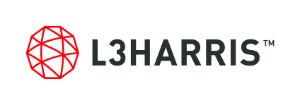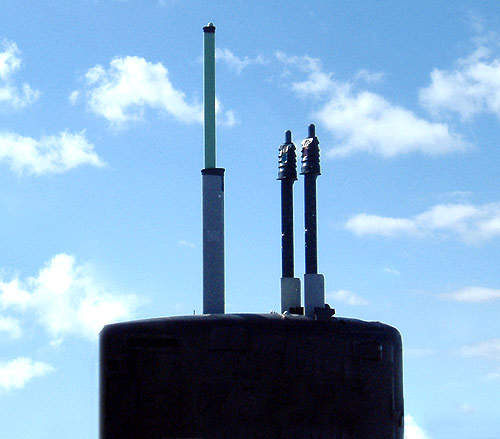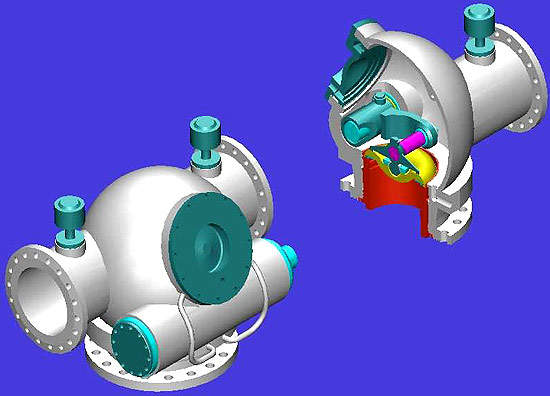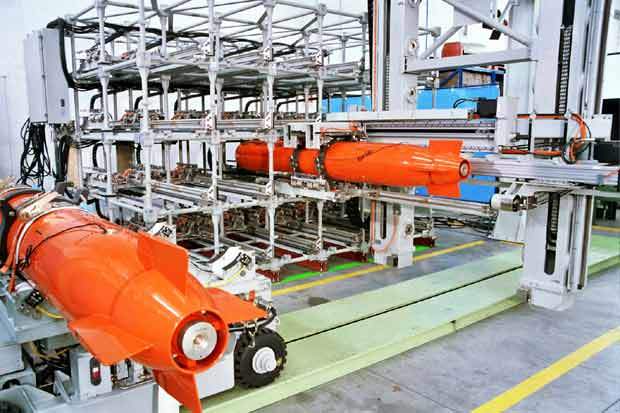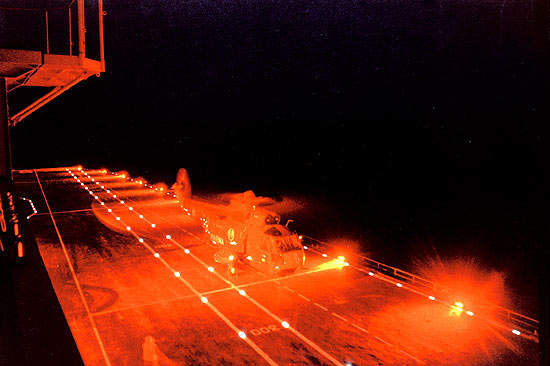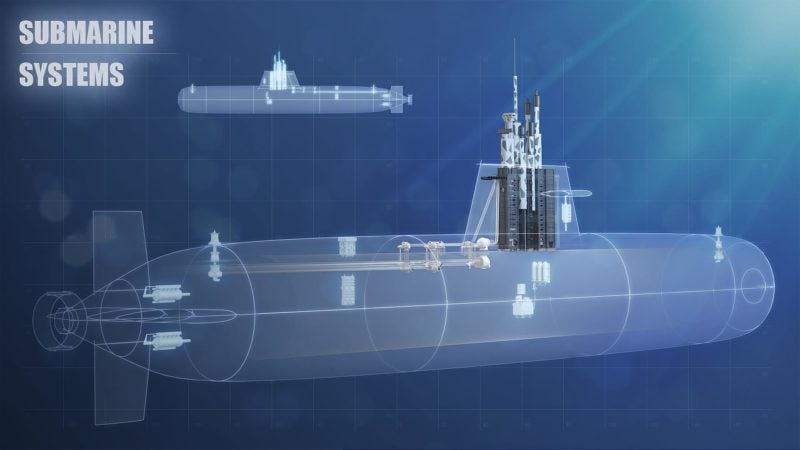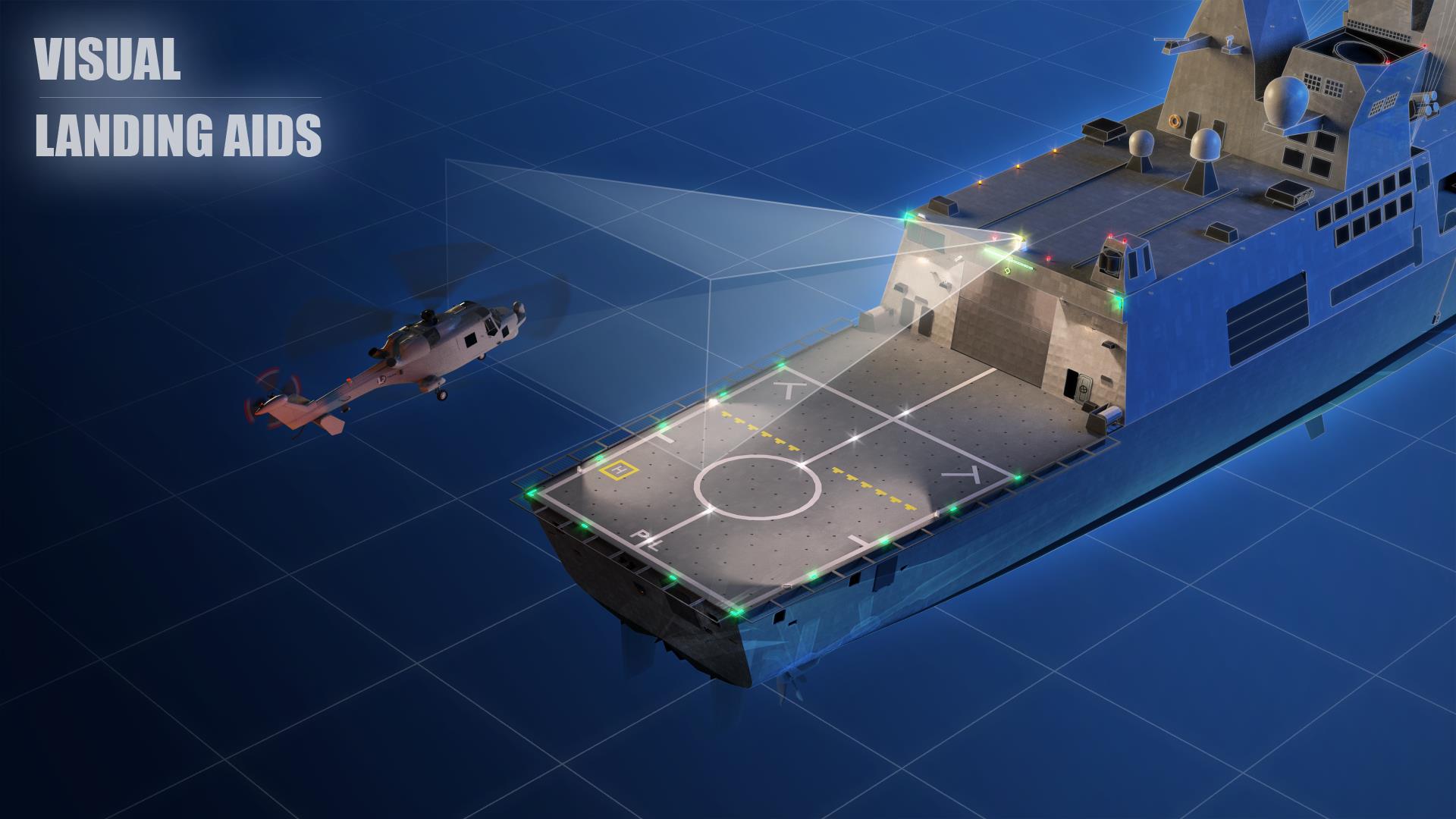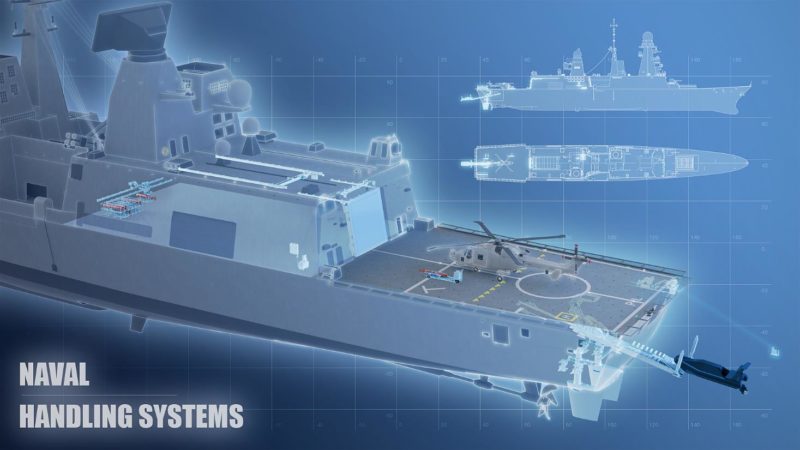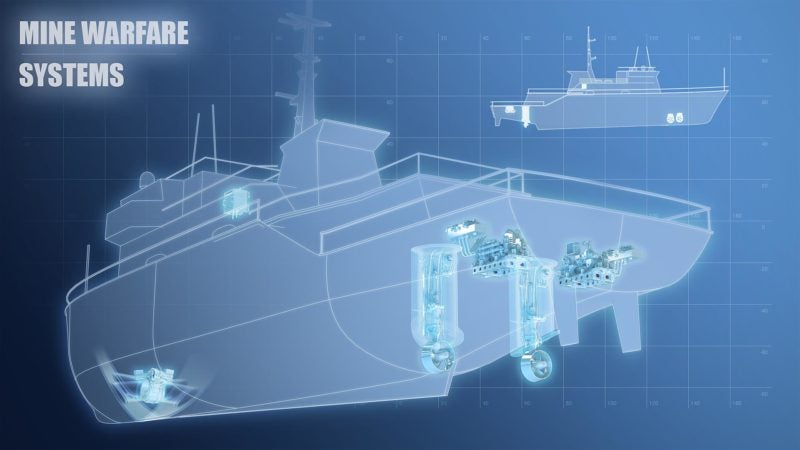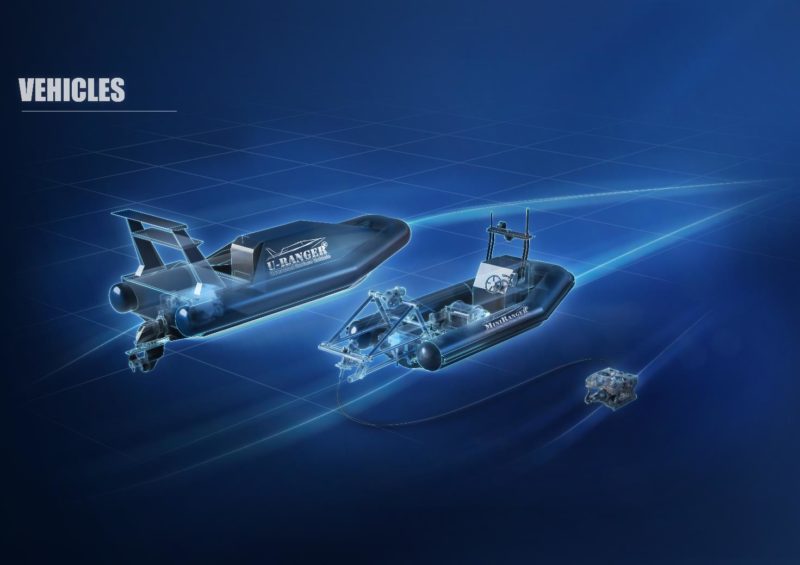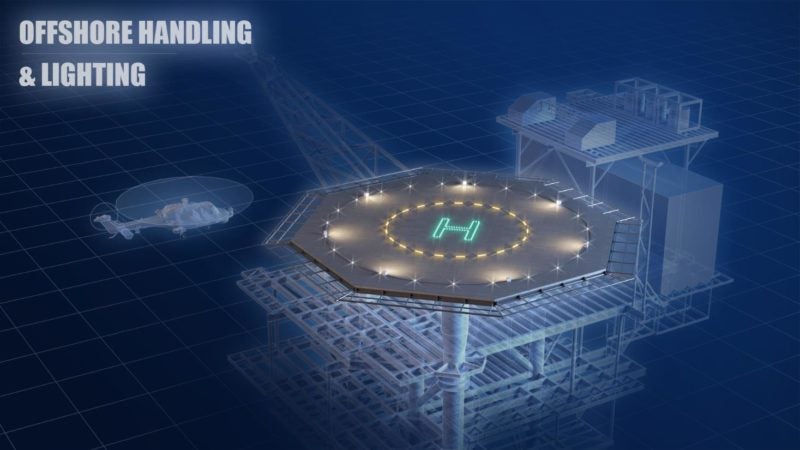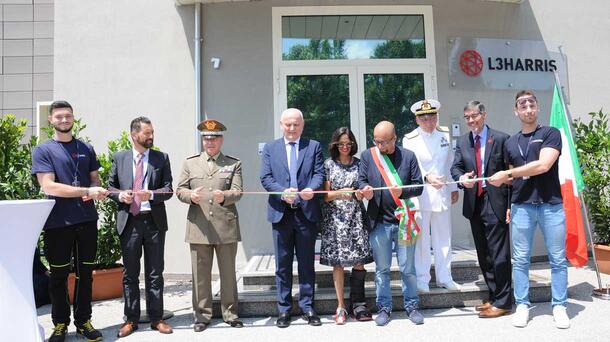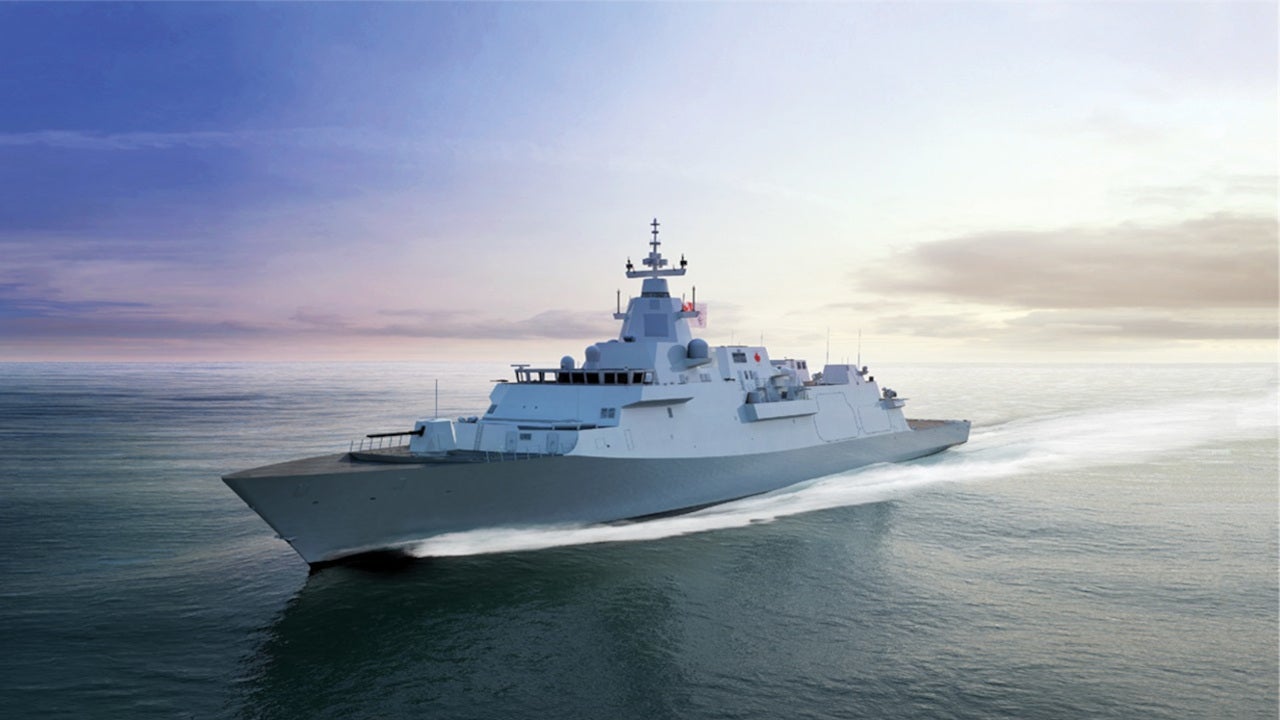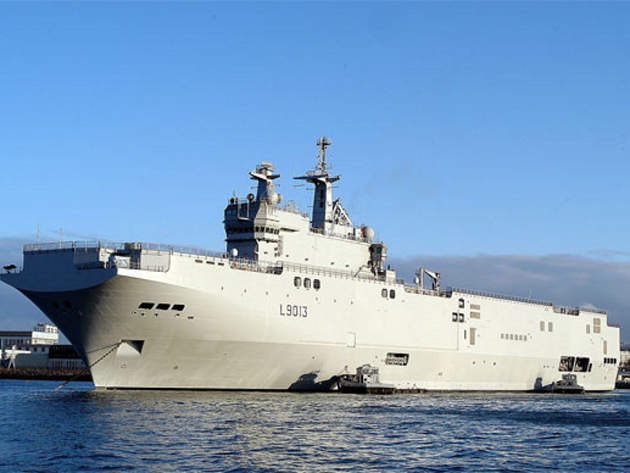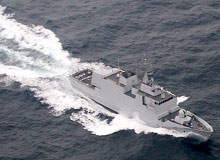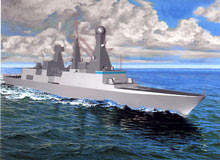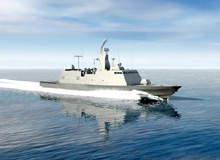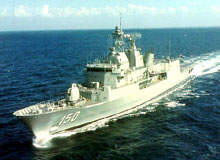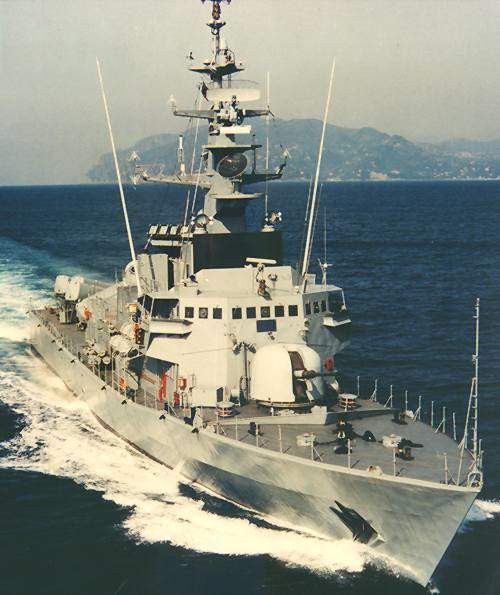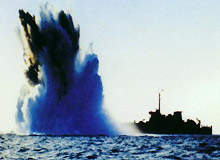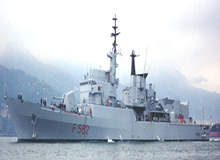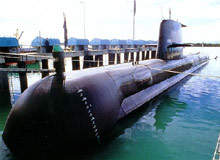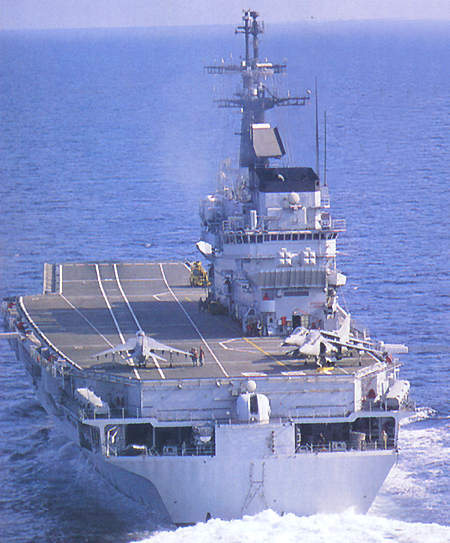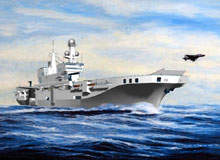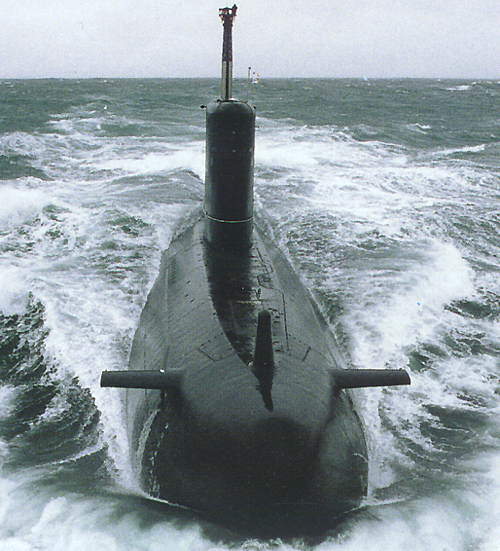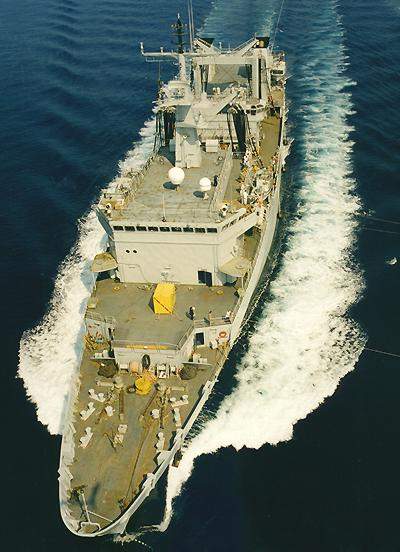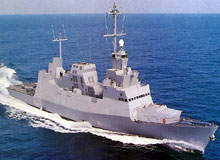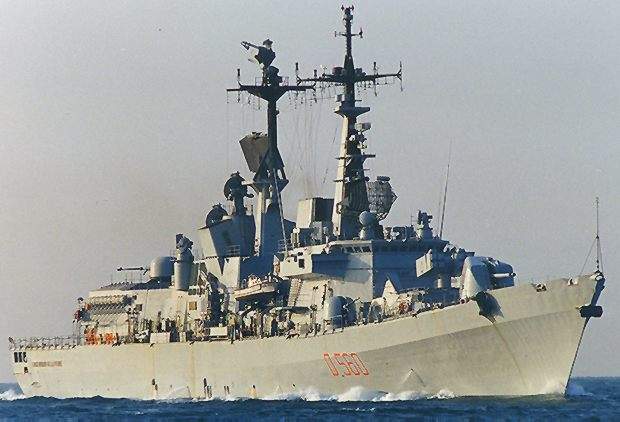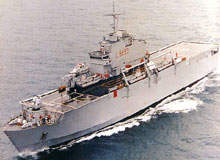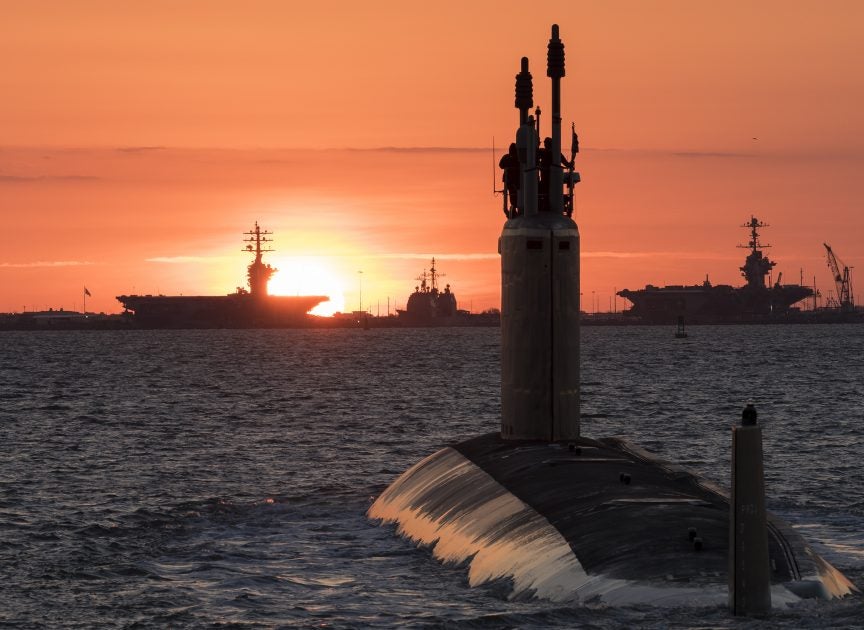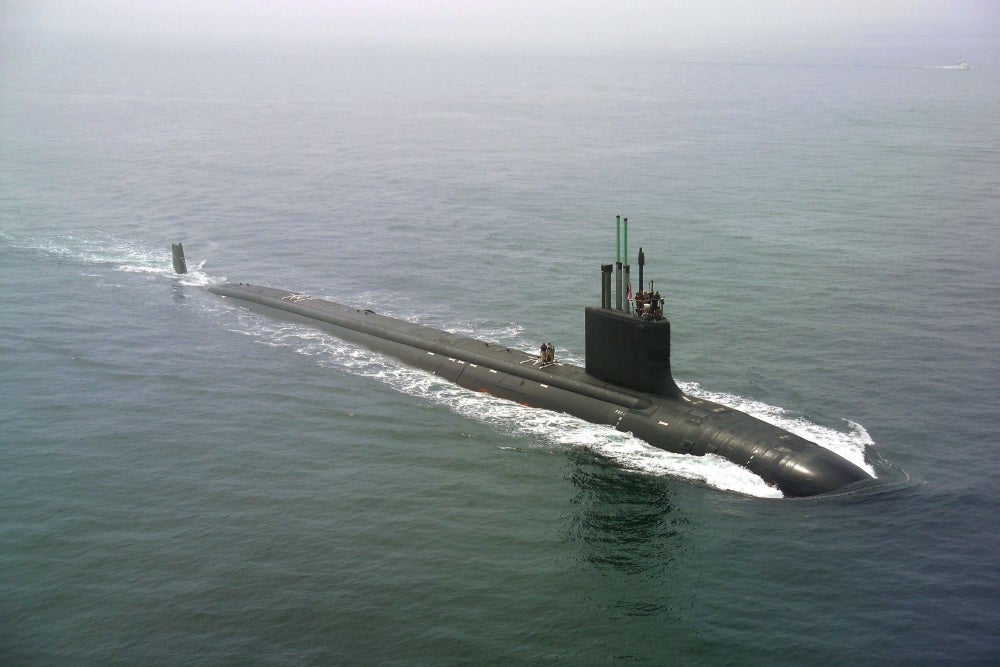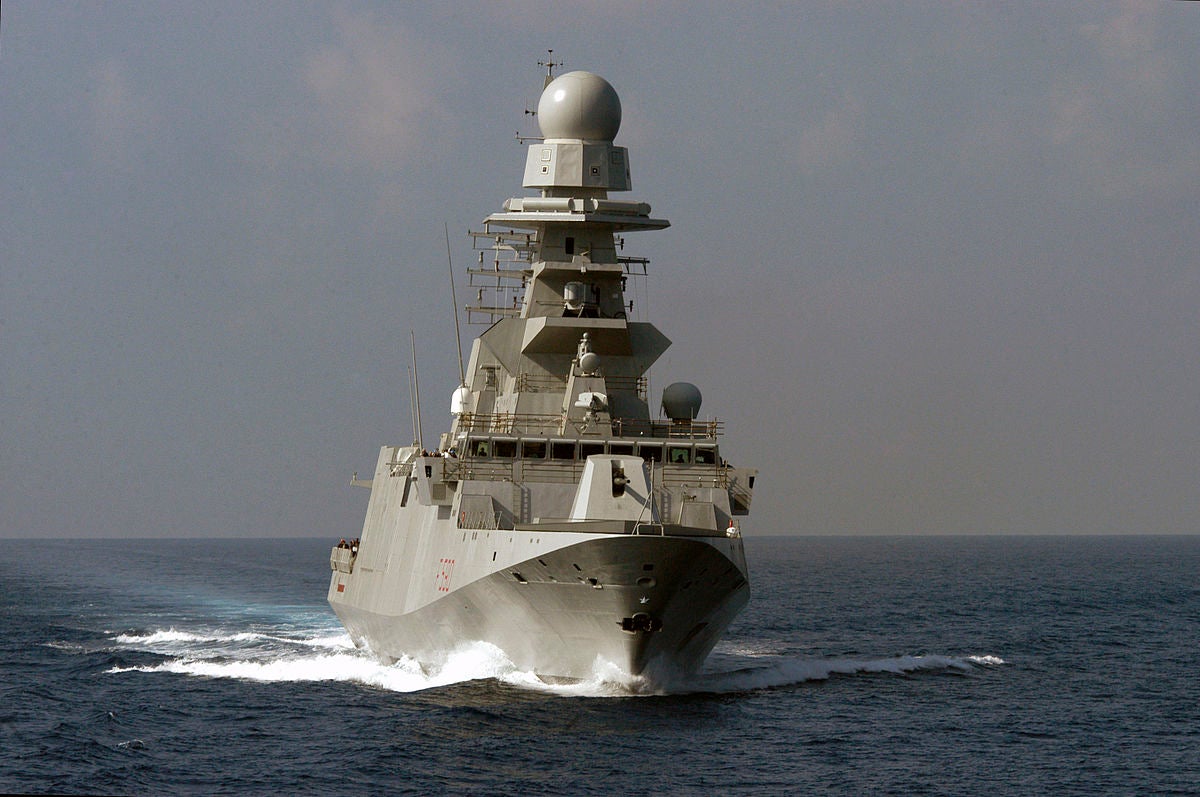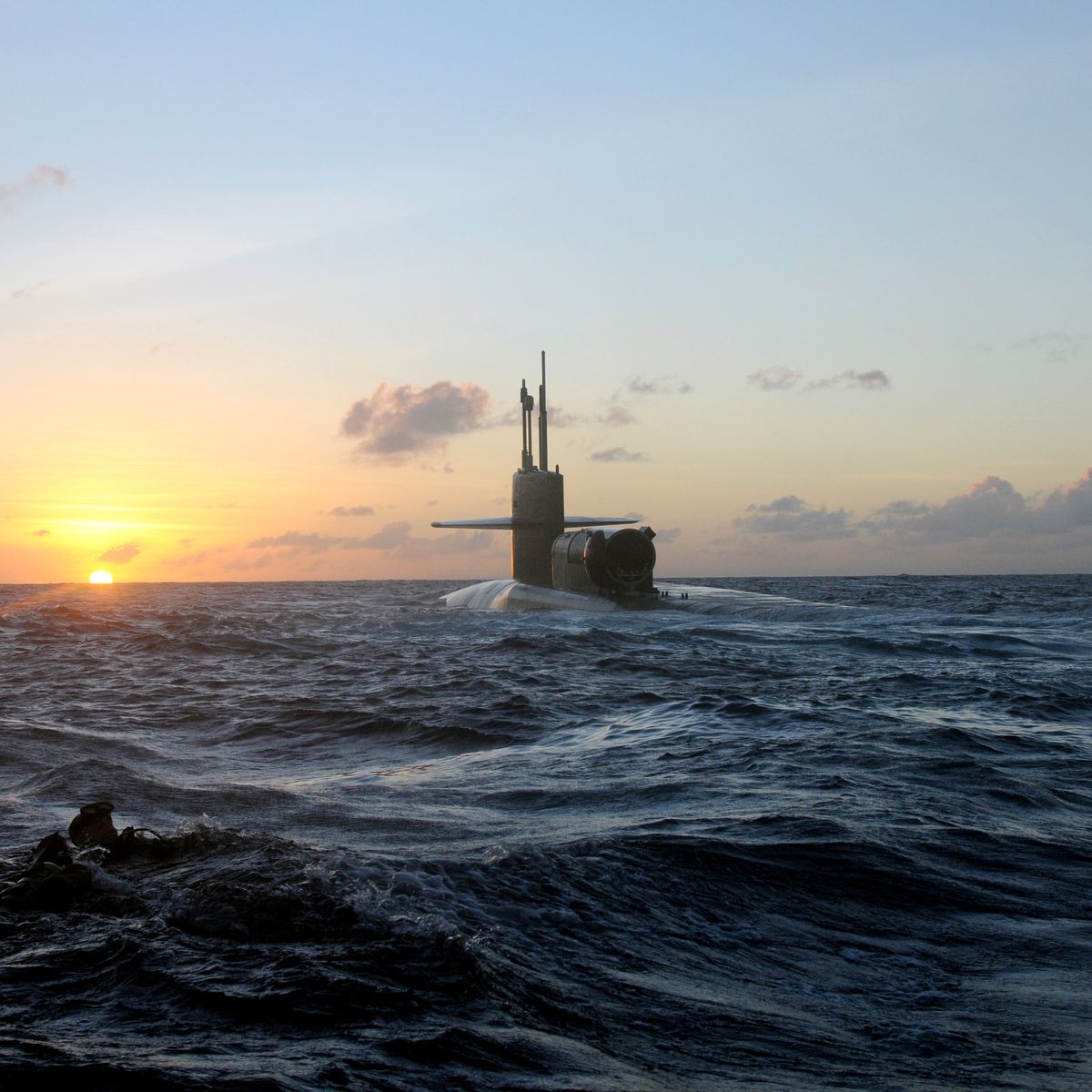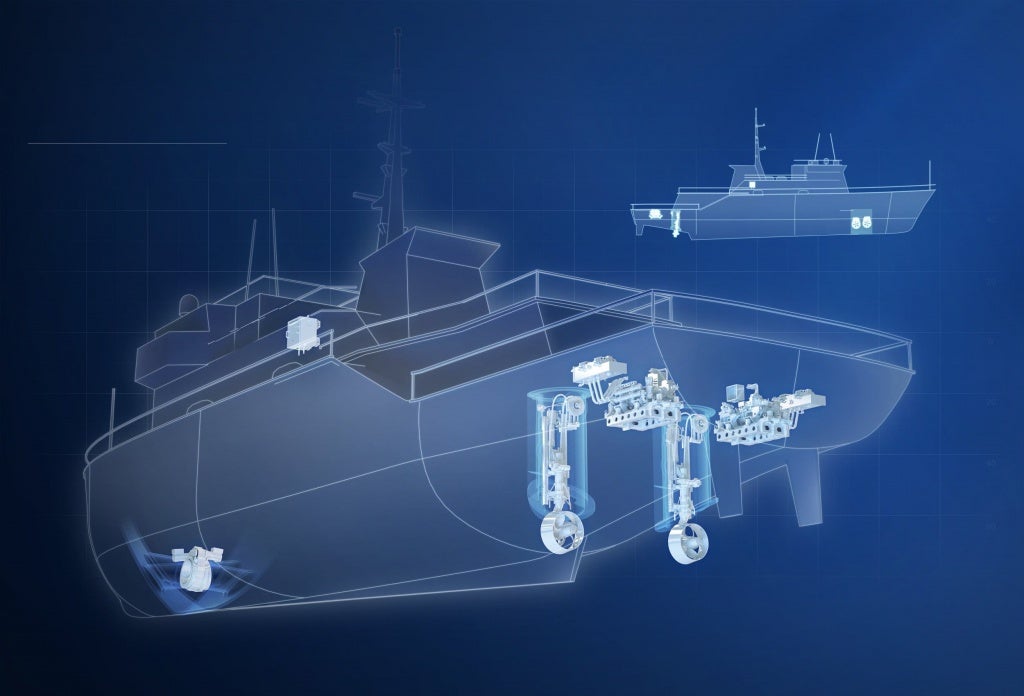L3Harris | Calzoni provides leading engineering and manufacturing of submarine, surface naval, as well as automation and control systems. It also offers aerospace products, visual landing aids and special equipment for naval applications.
The company’s expert hydraulics, mechanics and electronics technology is the result of constant applied research and development of systems and components aimed to meet specific client requirements.
L3Harris | Calzoni (formally Riva Calzoni) is an Italian Company and is part of L3 Harris Technologies Inc. It has been operating in the naval market for more than 40 years.
Submarine systems and masts for naval applications
L3Harris | Calzoni submarine masts are antenna / sensor hoisting systems used on many modern submarines in naval applications worldwide.
The company develops universal modular masts (UMM), electronic universal modular masts (E-UMM), and communication masts.
UMMs consist of a non-hull penetrating mast, specifically designed to adapt to different types of sensor packages using basic common hardware. Single or multiple stages deploy these sensors at the desired elevation.
UMM has been under full production scale for a number of years, being designated by the US Navy as a sole source system for the Virginia Class submarines. The mast is currently being retrofitted on other submarine platforms in the US and internationally, providing minimum lead times and competitive costs to clients.
Snorkels and air inlet / gas exhaust valves, together with winches, auxiliary thrusters and steering systems, complete our offering for modern submarine sails.
Innovative helicopter visual landing aids (HVLA)
L3Harris | Calzoni helicopter visual landing aid (HVLA) systems feature an innovative concept landing system, which is designed for helicopter decking optical guidance and vertical short take-off and landing (VSTOL) aircraft on ships.
HVLA Systems are based on LED sources, improving brightness and reliability, reducing life-cycle costs, assuring support to all weather day/night operations and meeting MIL-STD standards.
Our lighting units provide high efficiency and durability, with a life expectancy of more than 50,000 hours. The lights are compliant with International Civil Aviation Organization (ICAO) and FAA regulations and CAP437 (for offshore helipads).
Our systems include:
- LED glide slope indicator
- Horizon reference bar
- Deck lights
- Multipurpose projectors
The systems are fully dimmable and controlled by the flight deck officer through a synoptic panel. They are fully programmable and include pre-set configurations for different missions.
One of our most advanced deck approaching systems is the EODAS, a system designed to support approach and landing of fixed-wing aircraft on a carrier from a gate located at approximately 10nm away from the flight deck. This complies with all safety requirements and allows the pilot to wear night vision goggles when landing.
Manual, remote and automatic naval handling systems (NHS)
L3Harris | Calzoni offers solutions for the naval handling systems product category, including weapon handling products.
WHS can be operated either manually, remotely or automatically according to customer specifications. The overall advantages of L3Harris | Calzoni’s WHS are the short reloading times, the small number of operators needed and the intrinsic safety of the whole operation. It is free of human error and can be performed in adverse sea conditions without degradation.
Other naval handling systems include the launch and recovery system (LARS), hangar doors and motion platforms.
L3Harris | Calzoni’s boat launch and recovery system is designed to enable fast deployment and recovery of a rigid-hulled inflatable boat (RHIB) from the vessel during open water operations. The system is placed at the stern of the main vessel for a fast and safe launch or recovery.
L3Harris | Calzoni also provides many types of marine doors to navies and shipyards around the globe in different configurations, including helicopter hangar, transom, garage and provision doors.
Mine warfare autopilot and propulsion systems
L3Harris | Calzoni is a global provider of mine warfare autopilot and propulsion systems for mine countermeasures (MCM) operations.
The minehunting propulsion system (MHPS) consists of a set of one, two or three azimuthing fully retractable thrusters, which are hydraulically operated and controlled by an integrated control system. This allows simple coordinated manual control of all thrusters and system monitoring.
System design is based on tight requirements related to shock resistance and ship signature reduction (underwater noise, magnetic signature). MHPS provides an outstanding manoeuvering capability for optimal performances in minehunting operations.
Unmanned surface vehicles (USV) for the naval industry
Based on modular platforms,
L3Harris | Calzoni proposes unmanned surface vehicles (USV) solutions for MCM, anti-submarine warfare (ASW), as well as intelligence, surveillance, target, acquisition and reconnaissance (ISR) operations.
USV units are able to handle subsystems autonomously. These vehicles allow users to remotely perform many activities, including:
- Search and identification of objects
- Remote-controlled area survey operations
- Underwater operations
- Mines neutralisation.
USV can be controlled in three different modalities – manned, unmanned and semi-autonomous. There is a large reduction of personnel and operational costs and maximum safety is provided in harsh and dangerous areas.
L3Harris | Calzoni’s Observer, Multipurpose and Light Work Class remotely operated underwater vehicles (ROV) allow inspection and operations down to a depth of 2000m.
Designed for inspection, survey and light work operations, ROVs offer an unparalleled degree of customisation. They are fitted with high-resolution cameras and a wide variety of tools available with optional skid.
Offshore handling and lighting
L3Harris | Calzoni proposes launch and recovery as well as lighting systems for offshore platforms.
The special design guarantees a regular light elements spacing, free from any junction boxes obstructing lighting spots.
Other features include:
- Double-independent power supply circuit
- LED bypass device to ensure that a failure of a single LED only has a local effect
- Deck cable penetration for below-deck routing

